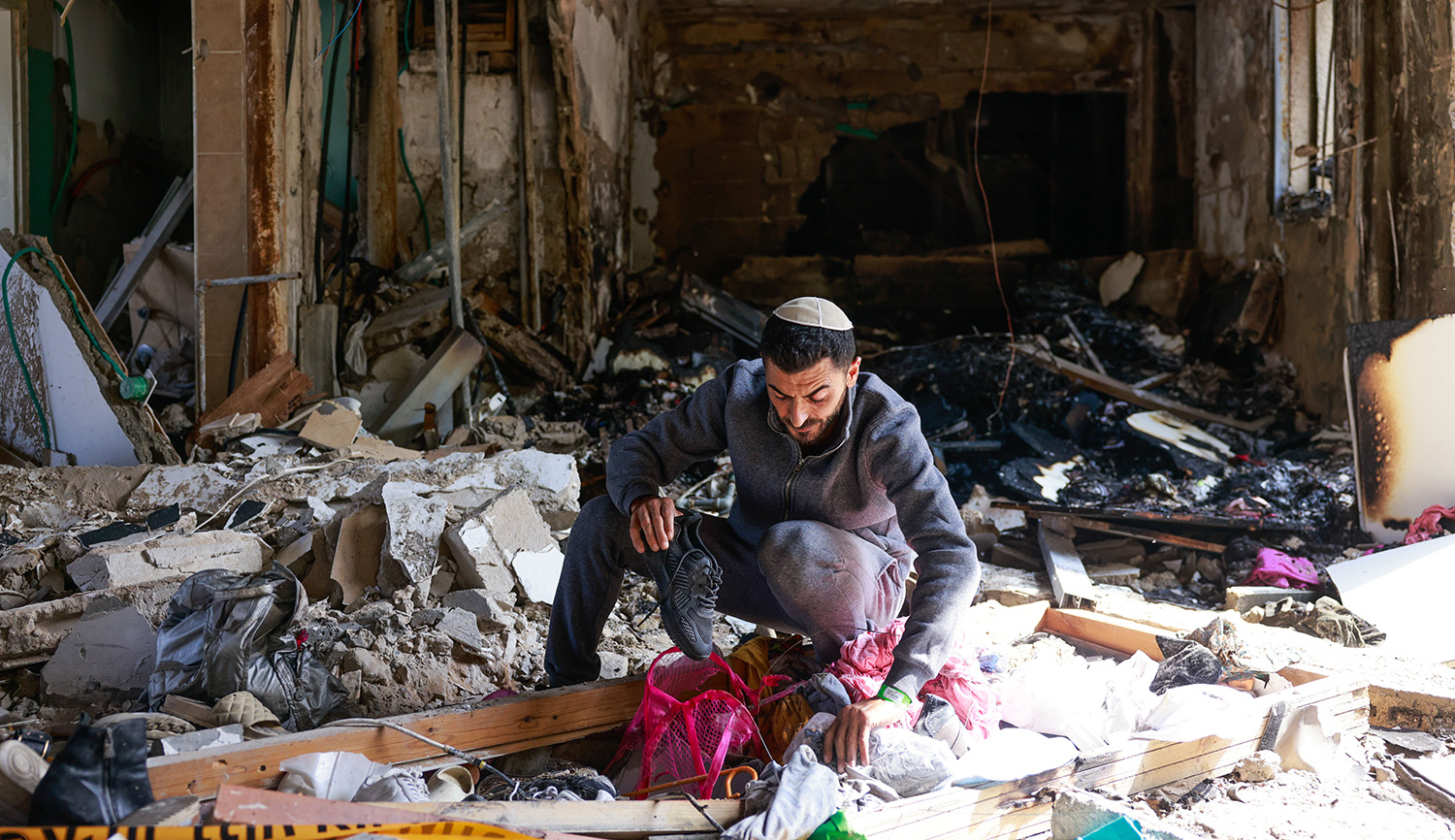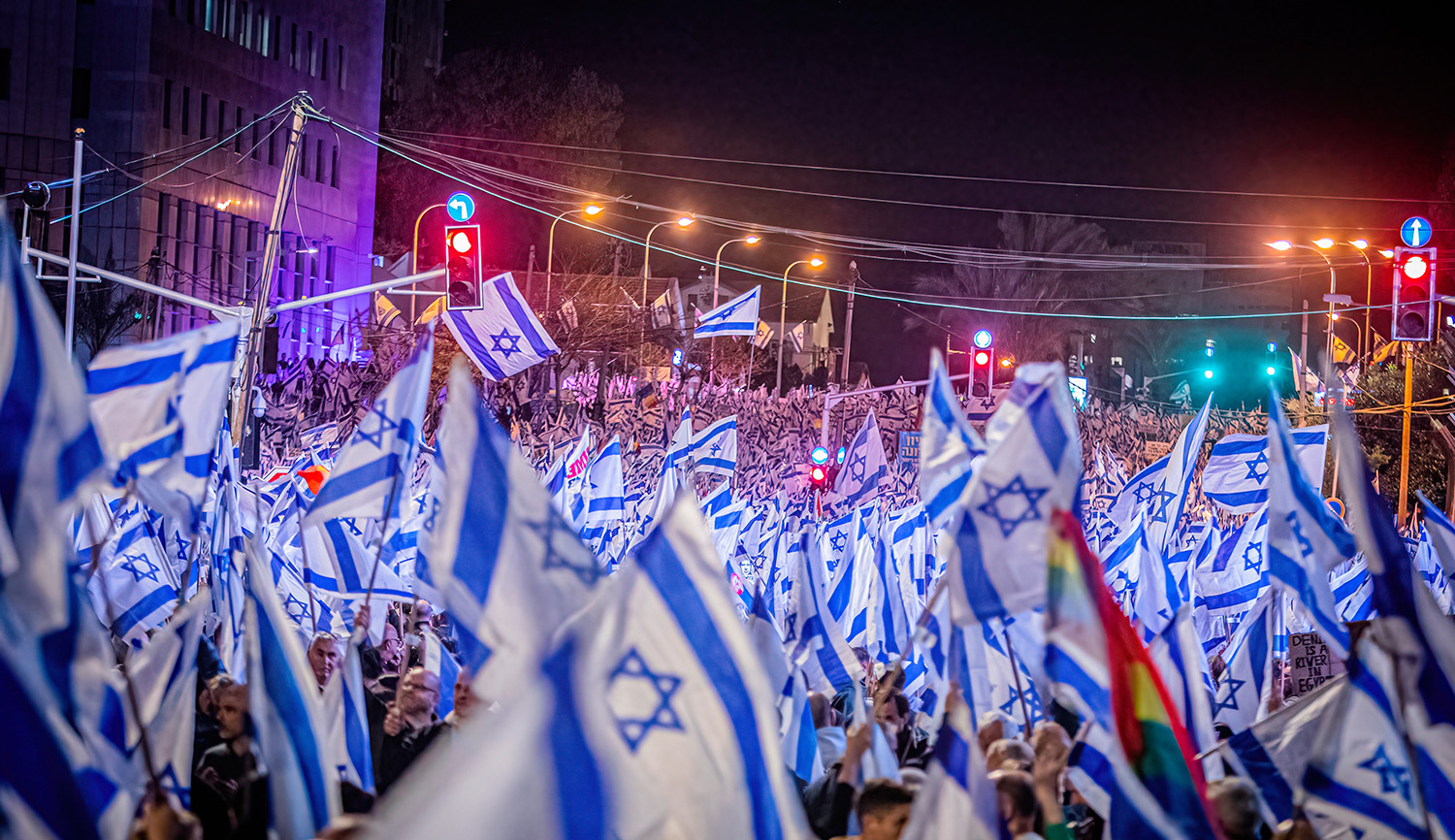Since the beginning of 2018, the Iranian rial has been in a state of near free-fall, prompting the government to ban nearly all currency exchanges, limiting the number of euros that can be acquired by those wishing to leave the country, and capping how many euros a citizen can possess at any given time. Saeed Ghasseminejad and Richard Goldberg argue that, whether or not President Trump decides to leave the 2015 nuclear deal, the U.S. should take advantage of the crisis by imposing sanctions on Iran’s central bank.
These decrees [limiting currency trading] are not only signs of a regime in severe crisis. They are direct assaults on the livelihoods and lifestyles of President Hassan Rouhani’s last remaining supporters: Iran’s upper-middle class. The measures target those seeking to protect their wealth by hedging against the rial and those seeking to have enough money to travel abroad. Long-distance travel with less than 1,000 euros in spending money makes leaving the country a significant challenge for the average upper-middle-class Iranian family.
Back in 2009, these wealthier and more educated citizens of Tehran—those who have traditionally backed the so-called reformist movement—took to the streets to protest then-President Mahmoud Ahmadinejad’s stolen election. In 2013, these same people helped elect Rouhani, believing he was a reformist capable of moderating the regime and moving it into the 21st century. . . . Once these people abandon Rouhani, they have nowhere else to go but in the direction of pro-democracy activists, . . . writing off the potential for the regime to change from within and instead favoring a change of political system entirely.
More significantly, this is a different segment of the Iranian public from the one that began pouring into the streets in late December 2017. Those more recent protests [involved] blue-collar Iranians who live in traditional hardline strongholds. Now the mullahs run the risk of seeing a coalition of opposition to the regime emerge, combining the working class and the upper-middle class—the former asking where their paychecks went, the latter asking why their money is being taken away and their travel restricted.
An anti-regime alliance of rich and poor could be the key to ending Iran’s clerical rule. . . . One way to . . . exacerbate the regime’s currency crisis is to restore the congressionally enacted sanctions on the central bank. That law, which is currently suspended as part of the 2015 nuclear agreement, did more than just prohibit financial transactions with the central bank and force importers of Iranian oil to . . . reduce their purchases. It also put all of the bank’s foreign-held accounts on lockdown, denying the regime the ability to access or transfer its foreign-exchange reserves. . . . President Trump [could] reimpose these sanctions regardless of [the nuclear] negotiations because of the bank’s role in backing Syria’s President Bashar al-Assad.
More about: Hassan Rouhani, Iran, Iran sanctions, Politics & Current Affairs, U.S. Foreign policy


